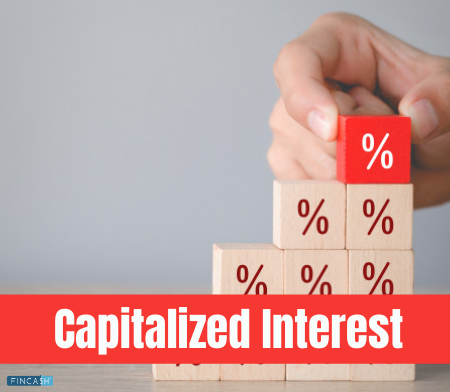Capitalized Interest
What is Capitalized Interest?
Capitalized interest is basically the cost a company incurs based on financing the construction of a long-term asset. This asset is constructed by the company for itself. This expense adds up on the company’s Income statement as Depreciation expense rather than interest expense. The interest of the asset is added to the cost of the long-term asset and it is not recognised in the current period as an interest expense. It is a Fixed Asset and is included in the depreciation as a long-term asset.

Capitalized interest is a part of the historical cost of assets benefiting a company for years. Some examples of long-term assets for capitalized interest are Real Estate, shops, production facilities, etc.
Talk to our investment specialist
Capitalized Interest on Company Accounts
Capitalized expenses impact corporate tax returns in a different way. It is not the same as working Capital expenses. The capital expenses are attached with capital interest and are long-term investments in the company that might not see an immediate Return on Investment.
Capitalized interest is not considered a part of the annual short-term liabilities of the company as well. Because of this, it does not affect the working capital ratio.
Capitalized interest will be found on the Balance Sheet and not on the income statement. It is not allocated with other operational expenses and working capital expenses. On the balance sheet, capital expenses will be found under non-operating expenses.
All efforts have been made to ensure the information provided here is accurate. However, no guarantees are made regarding correctness of data. Please verify with scheme information document before making any investment.












